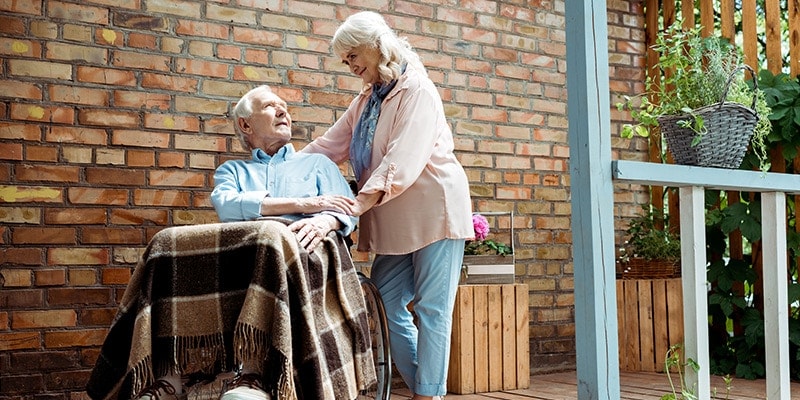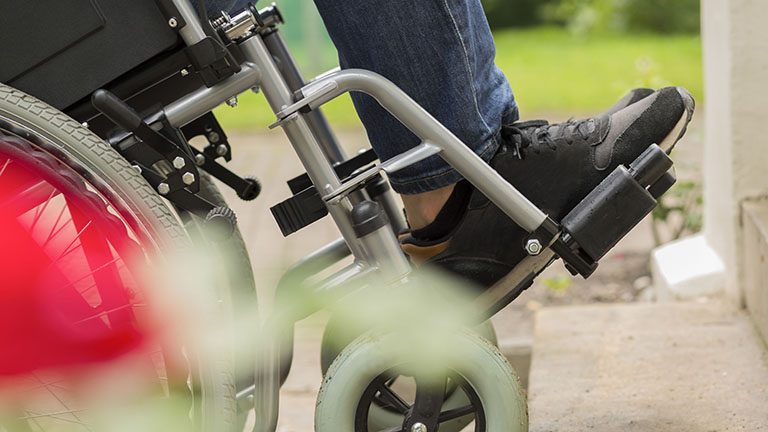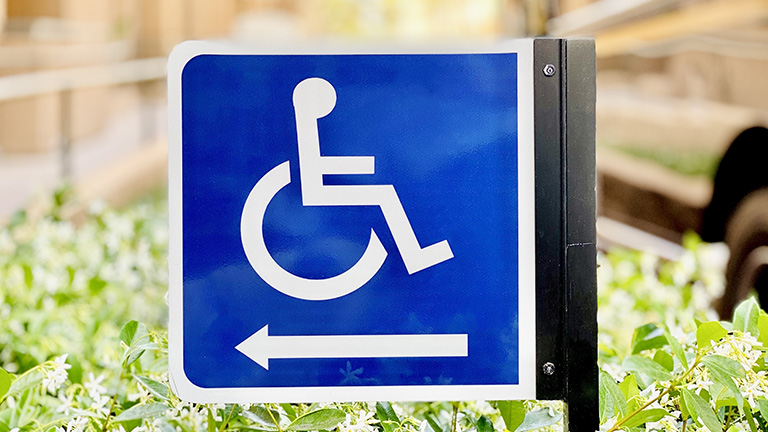A large social and cultural shift permeating throughout U.S. society has been growing steadily over the last decade, and is now decidedly changing the future of architecture and city development. As a result, architectural trends are moving away from traditional suburban family housing and instead emphasizing smaller, universally designed homes and apartments in cities to better suite changing lifestyles.
Significant influencers of this architectural transformation are age and economics, which in turn lead to an increased emphasis in accessible and efficient modern housing.
The Effects of Age:
As many Baby Boomers prepare for their retirement years, their concern over maintaining an independent living situation becomes more prevalent. Accordingly, the Baby Boomer generation has become increasingly aware of accessibility needs for in-home remodels, and demanding accessible features in new home purchases. Furthermore, many Baby Boomers are retaining employment even after reaching retirement age, bringing accessible home offices into higher demand.
The Effects of Economics:
Largely affected by the recent U.S. recession, many in the Millennial generation are choosing to delay beginning families. As a result, Millennials are decidedly shying away from traditional suburban housing markets, choosing instead to live in locations closer to work, public transportation, and commercial activities.
Together, age and economics are driving architectural design changes, such as:
- Increased emphasis on universal design principles demanded by older generations
- Infill development with emphasis on location demanded by younger generations
- Personalized design focus to reflect lifestyle changes in both generations
Read: How Ascension Fits Into Luxury Homes
Increased Emphasis on Universal Design Principles:
Accessible Homes
According to a 2016 American Institute of Architects (AIA) article, as Baby Boomers become older there has been a surge in the demand for universal design elements in both remodels as well as new housing.
Examples of current universal design trends are:
- Vertical platform lifts for accessing multiple stories and overcoming stairs
- Low kitchen and bathroom counters
- Delineated spaces provided through creative means rather than physical barriers
- Open floor plans focused around the kitchen
- Wide hallways and arch-doorways
See Ascension’s Wheelchair Lift Models
Efficient Use of Space and Strategic Home Locations
Struggling in the labor market and burdened with substantial student debt, the Millennial generation’s decreased ability to enter the traditional housing market is promoting increased infill development, and all the architectural innovation that comes along with it.
Examples of current architectural design results include:
- Smaller homes using open floor plans encouraged by informal living standards
- Frequent use of innovative and minimalist design principles
- Personalized design features
- Nooks and pockets into which furniture resides
- Energy efficient principles, such as net-zero-energy
- Vaulted ceilings and clerestory windows
- Loft bedrooms and bathrooms freeing up bottom stories for living spaces
Changing Life Styles:
Personalized Home Offices and Transformative Living Spaces
According to AARP’s Public Policy Institute employment report from February, 39.9% of people 55 or older were actively seeking work or currently employed. Furthermore, an online AARP article from March stated that many older workers from the Gen X and Baby Boomer generations are remaining in the workforce past retirement age for enjoyment or to maintain a steady income. This information, together with the rising popularity of work-from-home or telecommuting employment trends across all age demographics, is reflective in the demand for personalized home offices and flexible spaces.
Design elements include:
- Clean and uncluttered open spaces
- Embedded and flexible technology to blend work and living spaces
- Personalized furniture that is functional and aesthetic
- Non-dedicated office spaces



